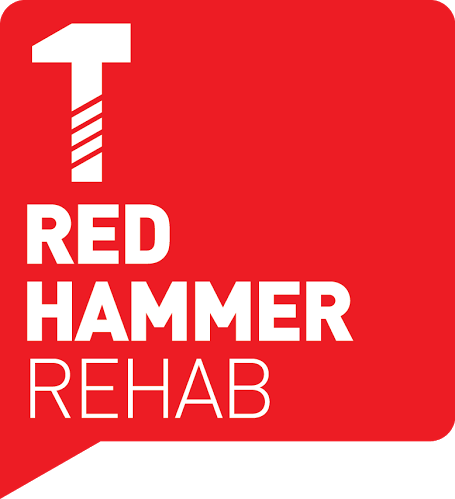


Hello team Longmont!
Thought I would touch on running technique and form in today's email. The following podcasts has some great concepts to consider for good running form and technique.
https://podcasts.apple.com/us/podcast/the-strength-running-podcast/id1170932252?i=1000512525839
(about 45 minutes)
Episode 934 - Why does cadence matter?
#PTonICE Daily Show
Dr. Jason Lunden // #FitnessAthleteFriday //
Listen on Apple Podcasts: https://podcasts.apple.com/us/podcast/ptonice-daily-show/id1088698598?i=1000517408189
(about 15 minutes)
And a couple decent videos with tips:
https://www.youtube.com/watch?v=PJvNOlFeuQA
https://www.youtube.com/watch?v=brFHyOtTwH4
Of course there is also the possibility we are making this all too complicated:
https://www.outsideonline.com/health/running/running-biomechanics-research-2021/
A few thoughts from my end:
The bulk of the research indicates that hitting the ground harder at the very first moment of contact (peak initial impact forces), and being on it for longer is what will increase your injury risk. With that in mind we suggest considering some fo the following:
- try to land with your foot more underneath of you, and less in front of you. Have a friend video you running across the camera/ from the side. Watch the video in slow motion. As soon as your foot first lands flat on the ground, hit pause. draw a line up from the base of your 5th toe, perpendicular to the ground. this line should go into the knee and the chest, not in front of them.
Consider a higher cadence:
sub 10 minute miles and faster, try for around 170-175 for easy pace runs, 175-185 for most speed intervals
sub 11 and beyond move the dial back a bit to more of 160-170 for easy and 165-175 for marathon pace or faster.
These higher cadences make sure your foot comes on and off the ground a bit more quickly reducing stance time.
Foot strike: Heel first? toes? midfoot? Actually this component is less important to worry too much about AS LONG AS the foot is landing under you and not in front of you (see tip #1). This landing location does tend to cause a more midfoot landing in general, but again that is not critical. I do like the way the podcast chap describes trying to land on a tripod of the base of your 1st toe, base of your 5th toe, and center of your heel which engages all the spring shocks absorption and power return available in most feet.
fwd lean of the body: this lean helps get feet under us in landing. BUT it comes from the ankles, not the waist. imagine your body is a 2x4 and we tipped it over from the top. right before you fall on your face, start taking steps. 2 of my favorite cues for this:
- drive elbows back (which will thrust your trunk/ torso forward)
- focus on the part of your running stride of foot about to leave the ground to kicking your heel towards your glutes. Butt kicker variation #2 is particularly good for this:
Running form drills:
https://vimeo.com/412577081/10d3967ff1
Have fun with these ideas, and as always, feel free to reach out with questions, updates, etc.

0

0
Comments :